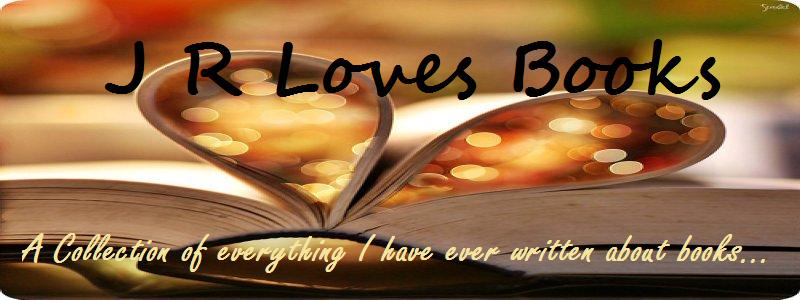A Tale of Two Cities
By Charles Dickens
First Published in: 1854
Publisher: Bantam Classics
ISBN: 9780553211764
 Blurb:
'Liberty, equality, fraternity,
or death; -- the last, much the easiest to bestow, O Guillotine!'
Blurb:
'Liberty, equality, fraternity,
or death; -- the last, much the easiest to bestow, O Guillotine!' After eighteen years as a political prisoner in the Bastille, the ageing Doctor Manette is finally released and reunited with his daughter in England. There the lives of two very different men, Charles Darnay, an exiled French aristocrat, and Sydney Carton, a disreputable but brilliant English lawyer, become enmeshed through their love for Lucie Manette. From the tranquil roads of London, they are drawn against their will to the vengeful, bloodstained streets of Paris at the height of the Reign of Terror, and they soon fall under the lethal shadow of La Guillotine.
A
masterful pageant of idealism, love, and adventure -- in a Paris bursting with
revolutionary frenzy, and a London alive with anxious anticipation -- A Tale of Two Cities is one of Dickens's most energetic and exciting works.
Doctor Alexander Manette has been captured in
the prison of Bastille, before the French Revolution, and has almost lost his
senses in the eighteen years of exile from the world beyond his cell. When an
old friend and banker, Jarvis Lorry, summons Dr Manette’s daughter, Lucie
Manette, on the pretext of settling some issues of the property that her ‘dead’
father has left her, she agrees to meet him in Dover. After circumlocution, Mr
Lorry eventually tells Lucie that they are to get her father back from St
Antoine in Paris. After hearing the news, Lucie passes out. Soon after, they
are on their way to St. Antoine, for the Resurrection of Dr Alexander Manette.
I wasn’t acquainted with Dickens’ writings
before I picked up A Tale of Two Cities. Although, I had read David Copperfield
as a child, I don’t remember any of it now. Except hating Uriah Heep.
However,
a lover of World history, I loved the way the conditions of both France and
England have been portrayed with n number of metaphors. Apart from what I had
read in high school, I knew nothing of the French Revolution. But Dickens does
not show us just history. He shows us lives of people of the Guillotine. Or
even that of people in England. Many say that Dickens relied on Carlyle’s The
French Revolution for writing A Tale of Two Cities, which in itself wasn’t very
correct in exploring the history of the event. While many say, that Dickens
corrected over the facts before writing A Tale of Two Cities. Whatever it is,
as Dickens tells me of these lives, I take them as gospel.
The second part of the book was quite a task. I couldn’t
take much of Charles Darnay’s courting Lucie, Sydney Carton’s drinking bouts,
Dr Mantette’s madness, the blabbering of Miss Pross, the messy hair of Jerry
Cruncher, and his wife’s praying against his will. I drudged along as I read
each paragraph of the Book Two. I was dreaming of the next book I would read
after the torment Dickens was doing on me would be over. God! How I hated the
second part of the book. I found it agonizing and tiresome with all the stupid
and banal details. If I have forced myself to read a book to the verge of madness,
it was A Tale of Two Cities’ Book Two. Had it not been in my literature course,
I would have stopped right there and chucked it out of my window.
Had this been my first Dickens’ novel, I think I
won’t have picked him up again. But I
read a little of A Christmas Carol, and it was damn hilarious. I don’t know if Dickens
tried to show off too much with all the symbolism and metaphors deliberately in
A Tale of Two Cities, just to prove something. I didn’t like it much.
The Third part of the book was finally where I
picked, I mean, the book picked momentum again. I loved the third part of it.
It was all business, and no bullshit; unlike book two. I so want to reveal the
plot and say how much I loved every aspect of it. But I know, no spoilers.
However, I love Sydney Carton. Hell with Darnay!
Carton is my real hero, and I think everybody who has read the book would fall
in love with Sydney Carton. I cannot stop thinking about poor Carton since I
finished reading ATOTC.
The Book Three is a heart wrencher. It makes the
torment of the rest of the book worthwhile.
However, the recommendation would be that if you
haven’t read Dickens before, DO NOT ATTEMPT to read A Tale of Two Cities for
the first one of his series of books. I would have said that you shouldn’t read
it at all, however, just for the sake of Sydney Carton, I say that you
definitely should.





